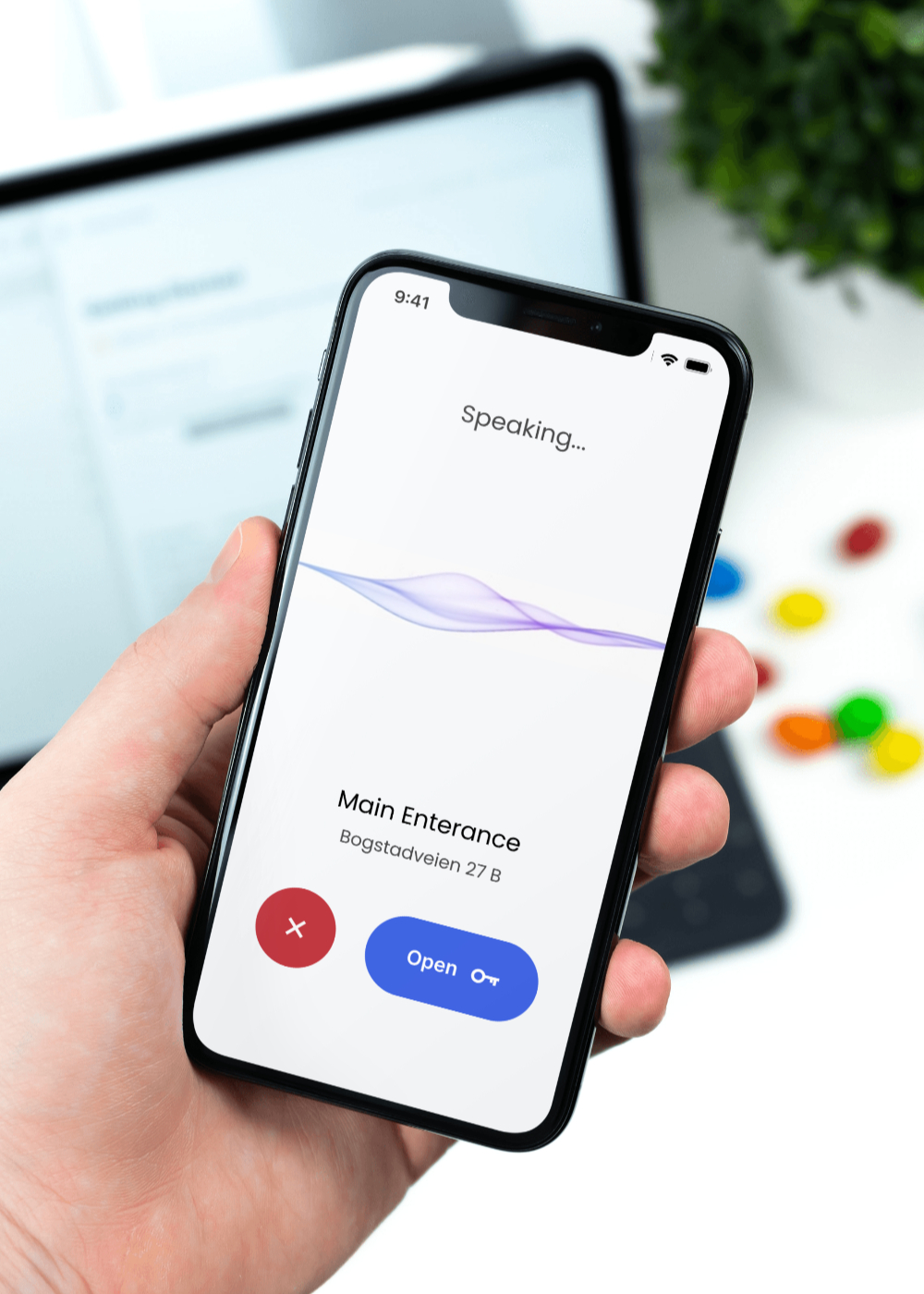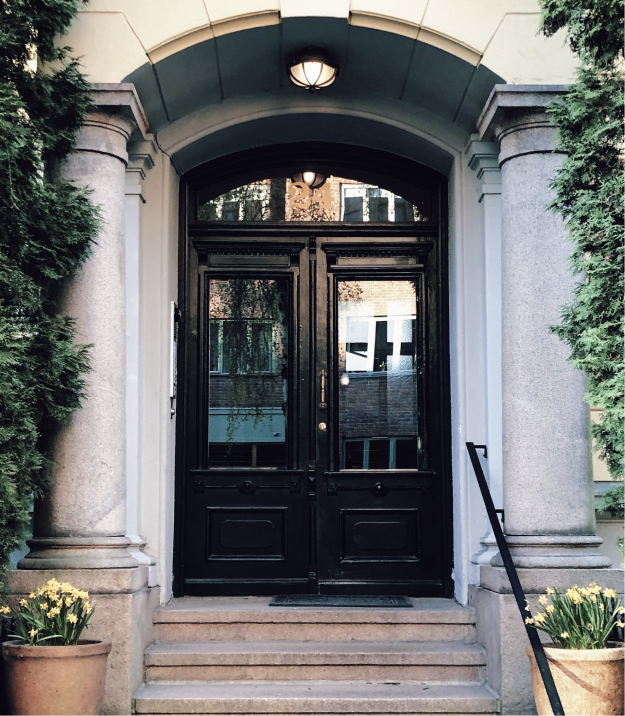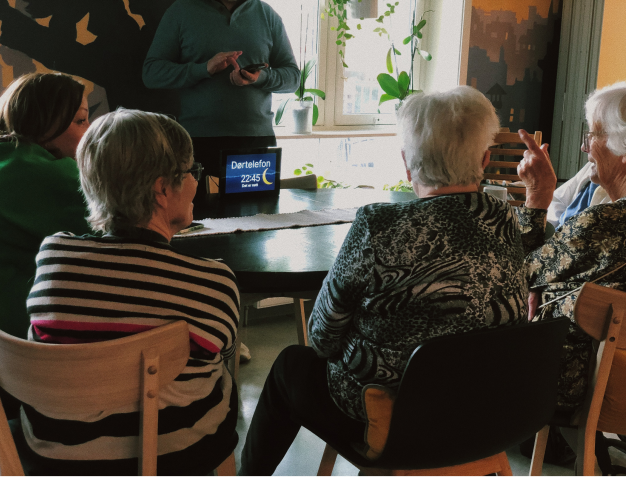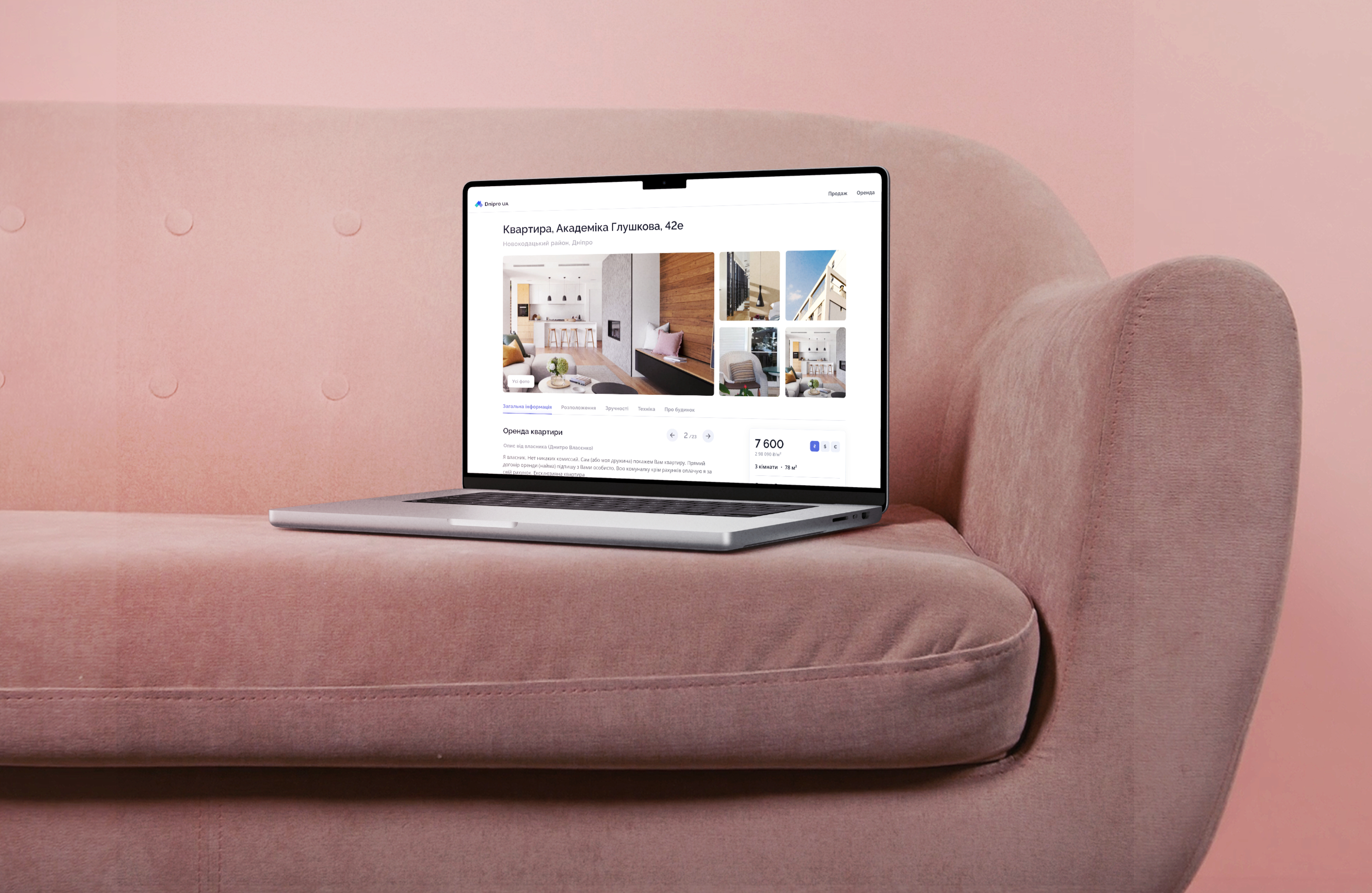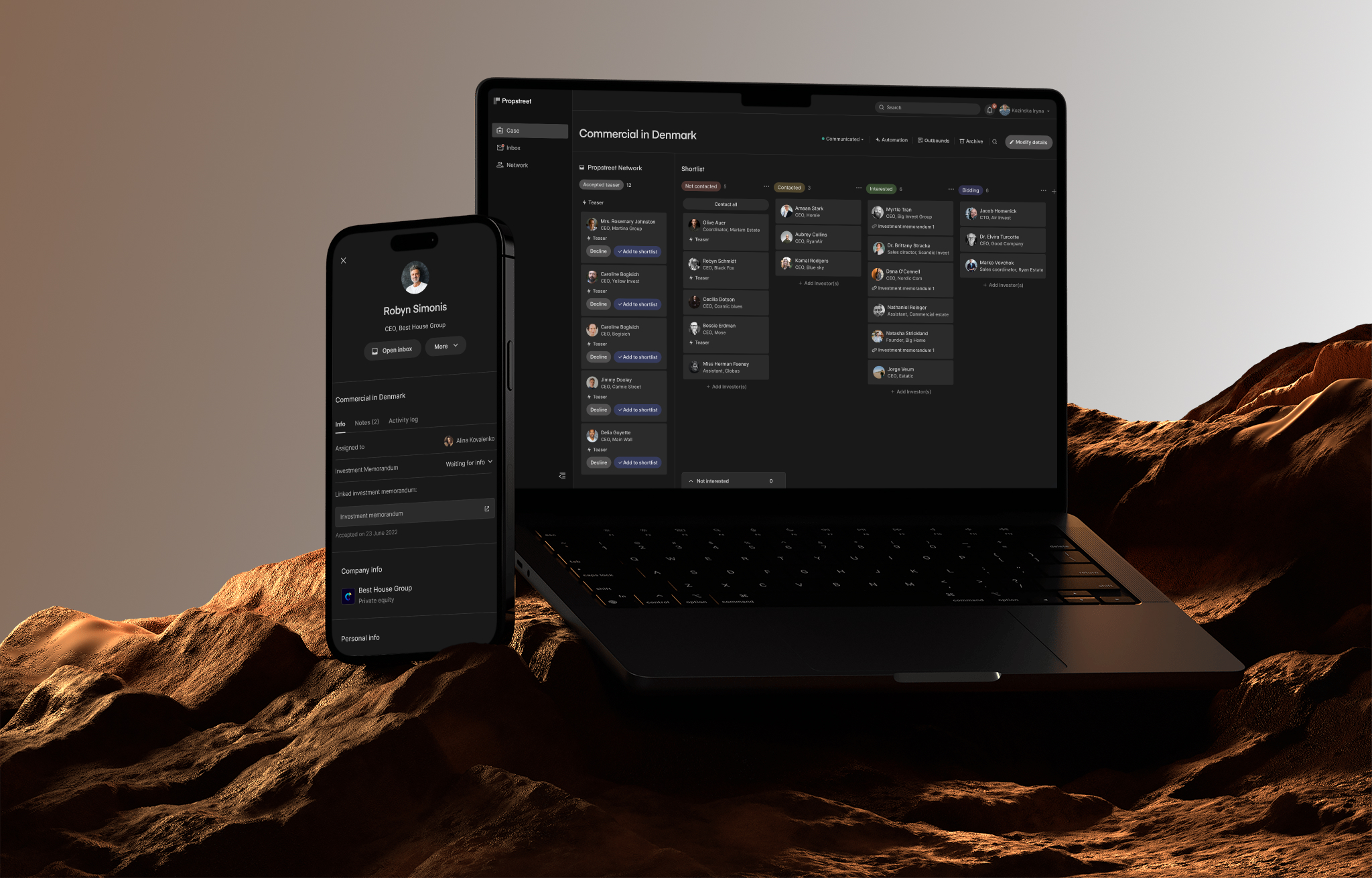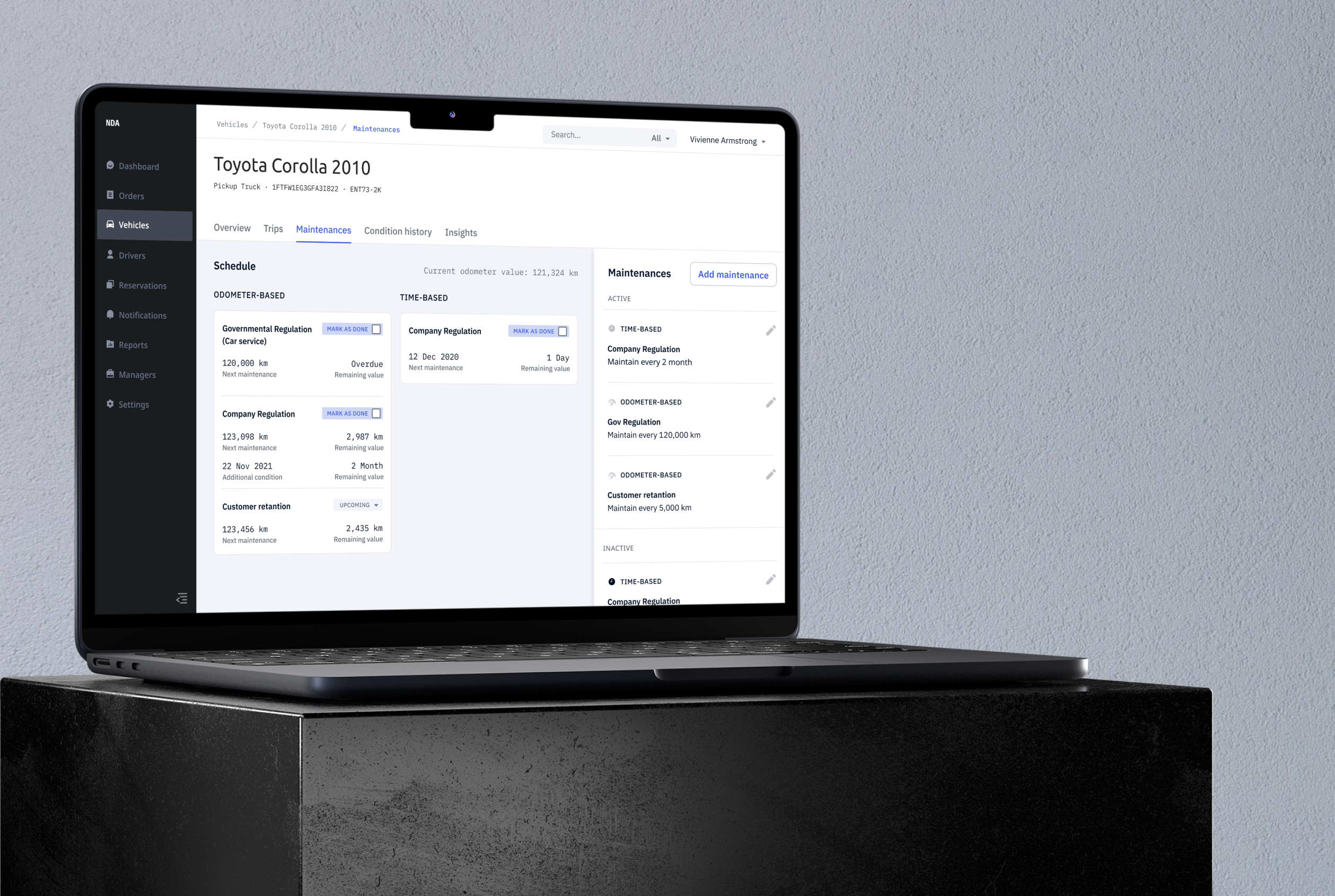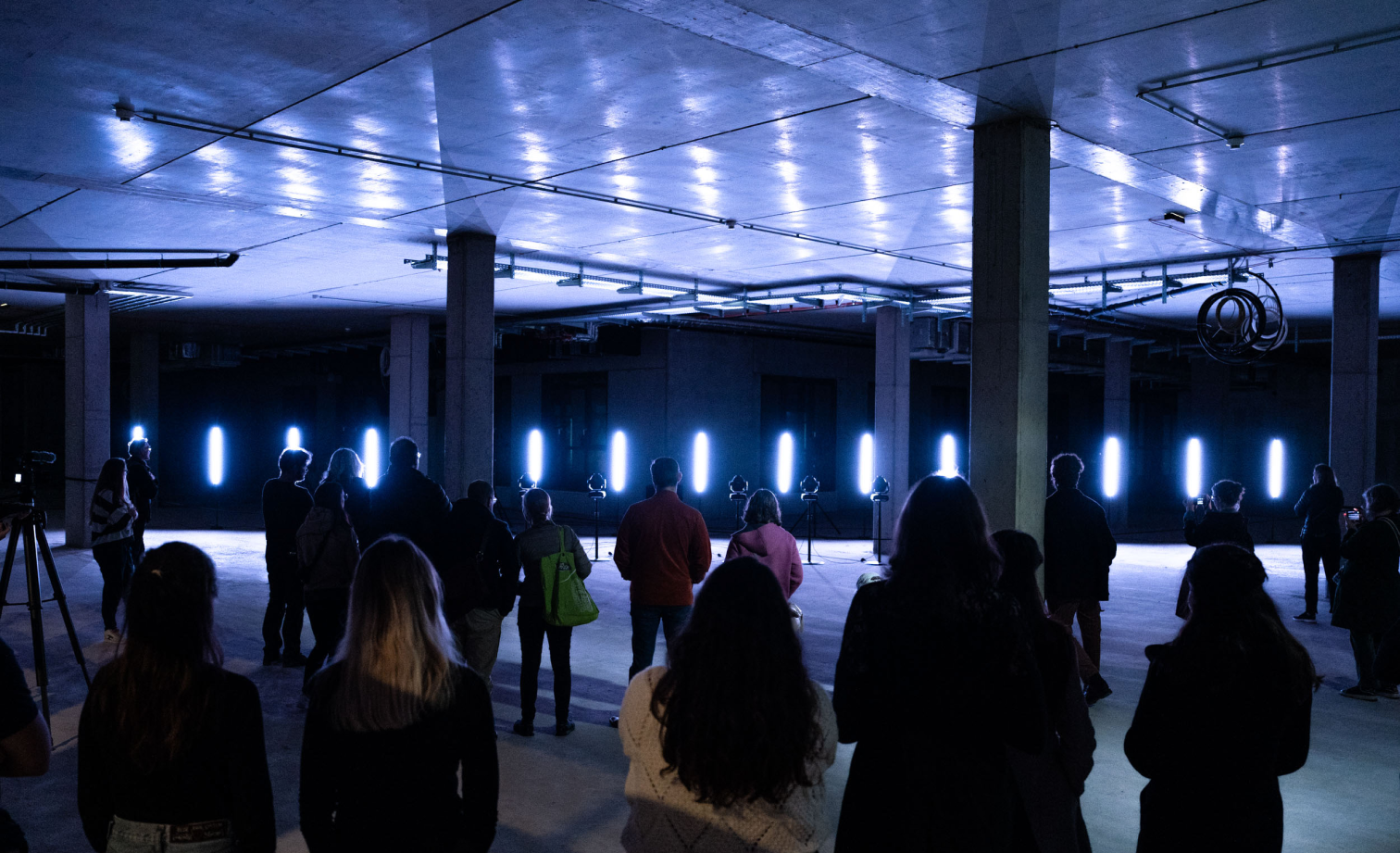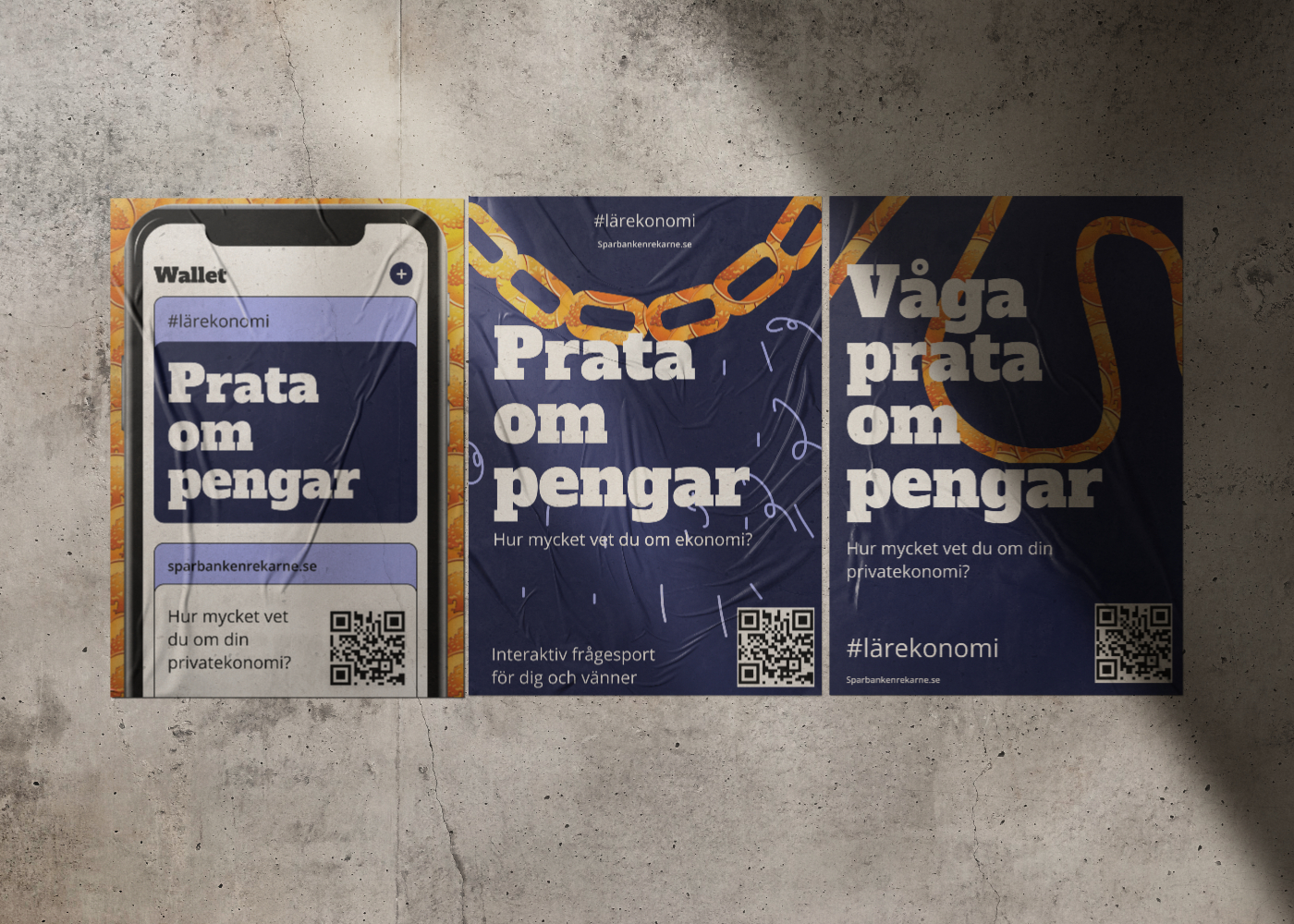

In March 2022 I was invited to Oslo to redesign the current app. The customers called support really often and it was obvious that a fresh person should review and improve the current app. I was glad to meet the team and enhance user experience.
In March 2022 I was invited to Oslo to redesign the current app. The customers called support really often and it was obvious that a fresh person should review and improve the current app. I was glad to meet the team and enhance user experience.
- Conducted research through stakeholder interviews, data analysis from the support team, and onsite observations to identify user needs and challenges.
- Developed and tested a new user flow and visual style using interactive prototypes in real-life settings. This included designing an intercom for a nursing home in Oslo, where user testing and observation were conducted in collaboration with researchers from academia, focusing on accessibility for aging individuals.
- Worked closely with team members and adhered to accessibility standards, specifically catering to the unique needs of aging individuals.
The challenge was that different types of users may have different doors for access. In addition, some of the doors may be used more often, while others could be open just a couple of times during the year.
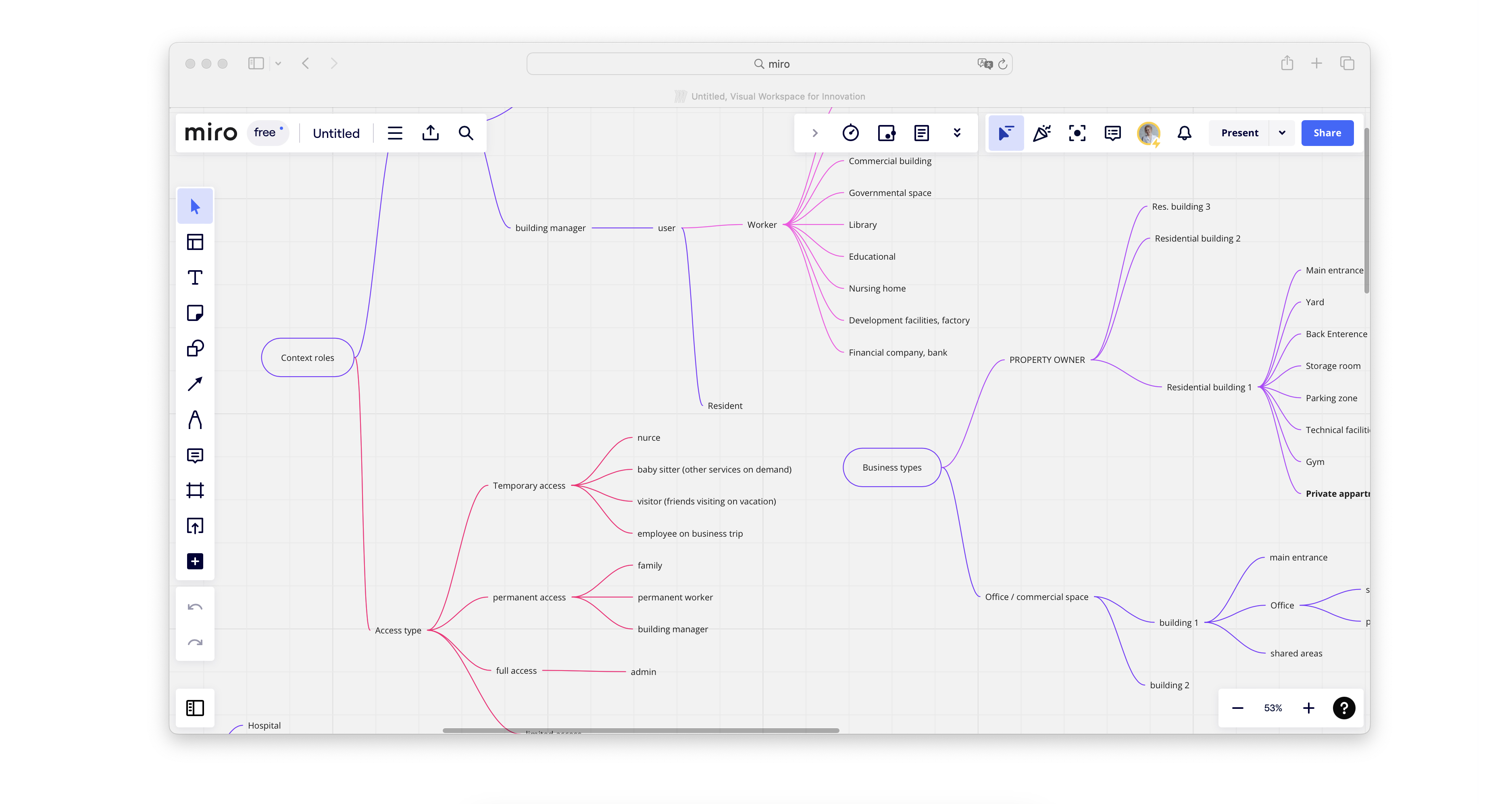
The challenge was in different user types, their roles and their priorities while using the system.Talking with Charlotte, the support lead of Defigo, we revealed that the common problem was to help people find the door they need and have quick access.
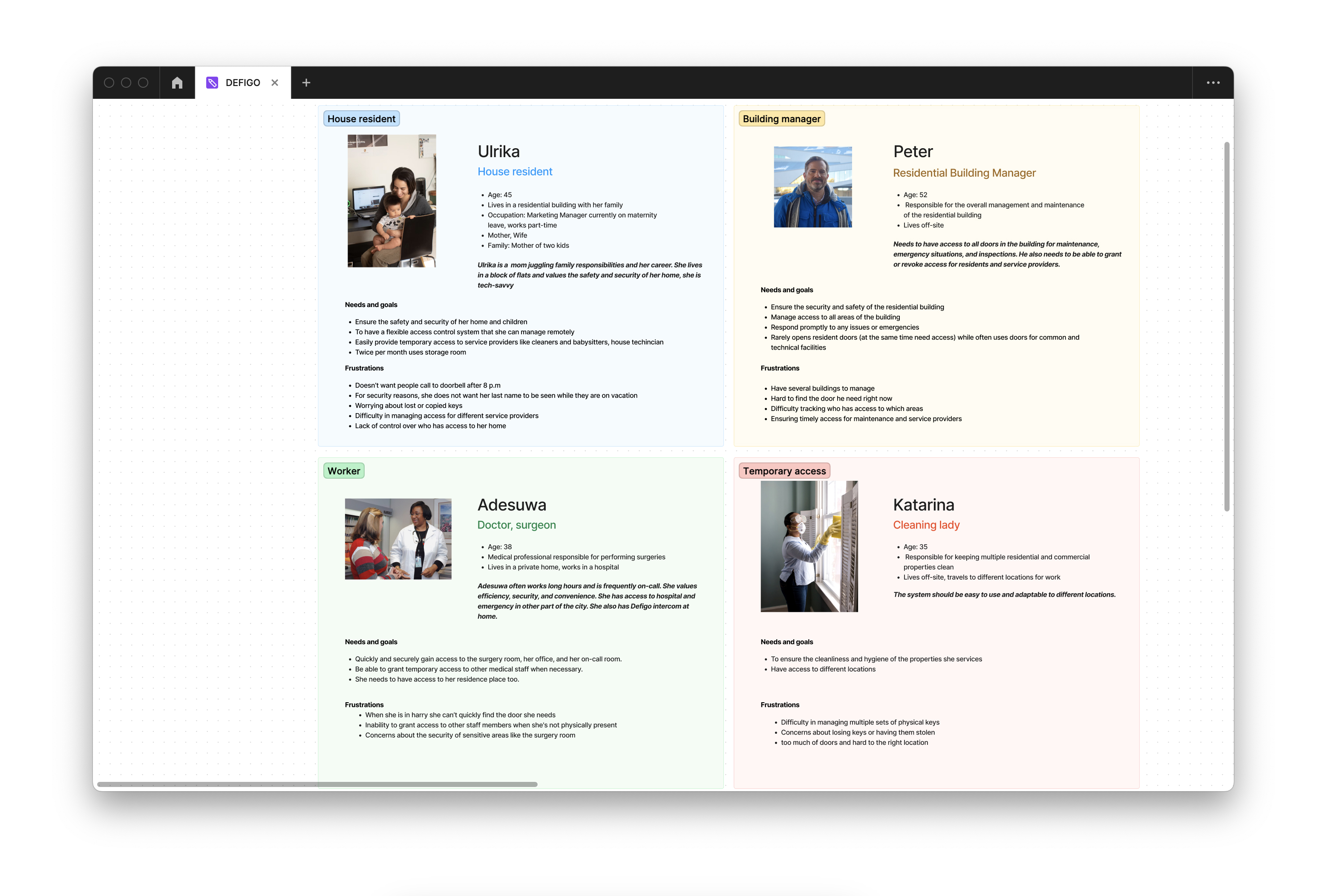
From first glance it seemed to be a good idea to design apps differently for different roles. However, it would require additional money and time for development.
I suggested the solution, where the layout adjusts to the number of doors.
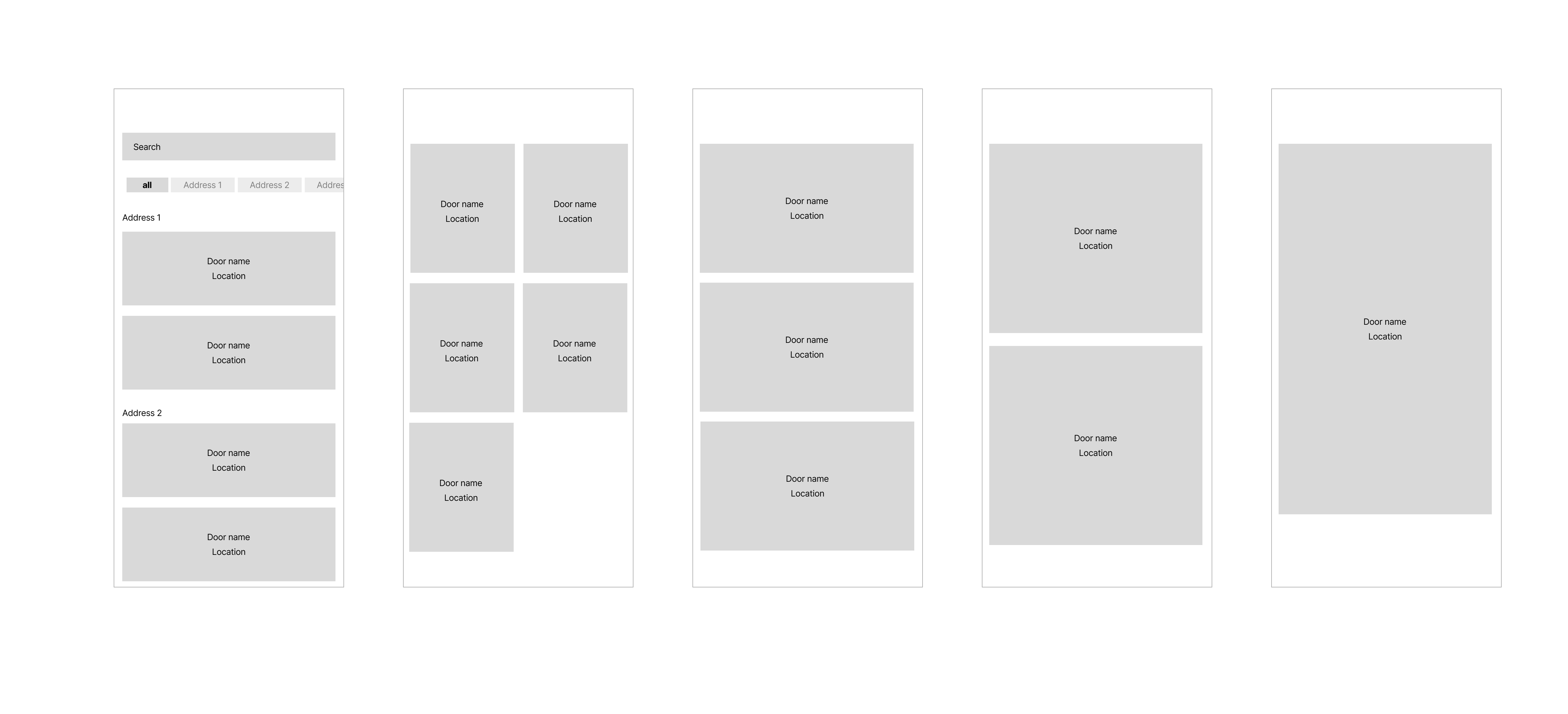
If a user has access to more than six doors, a new 'Favorites' tab appears in the bottom navigation, and the display switches to list view. In this view, doors are sorted by buildings and include a search option. The 'Favorites' tab now becomes the main tab, providing quick access for the user.
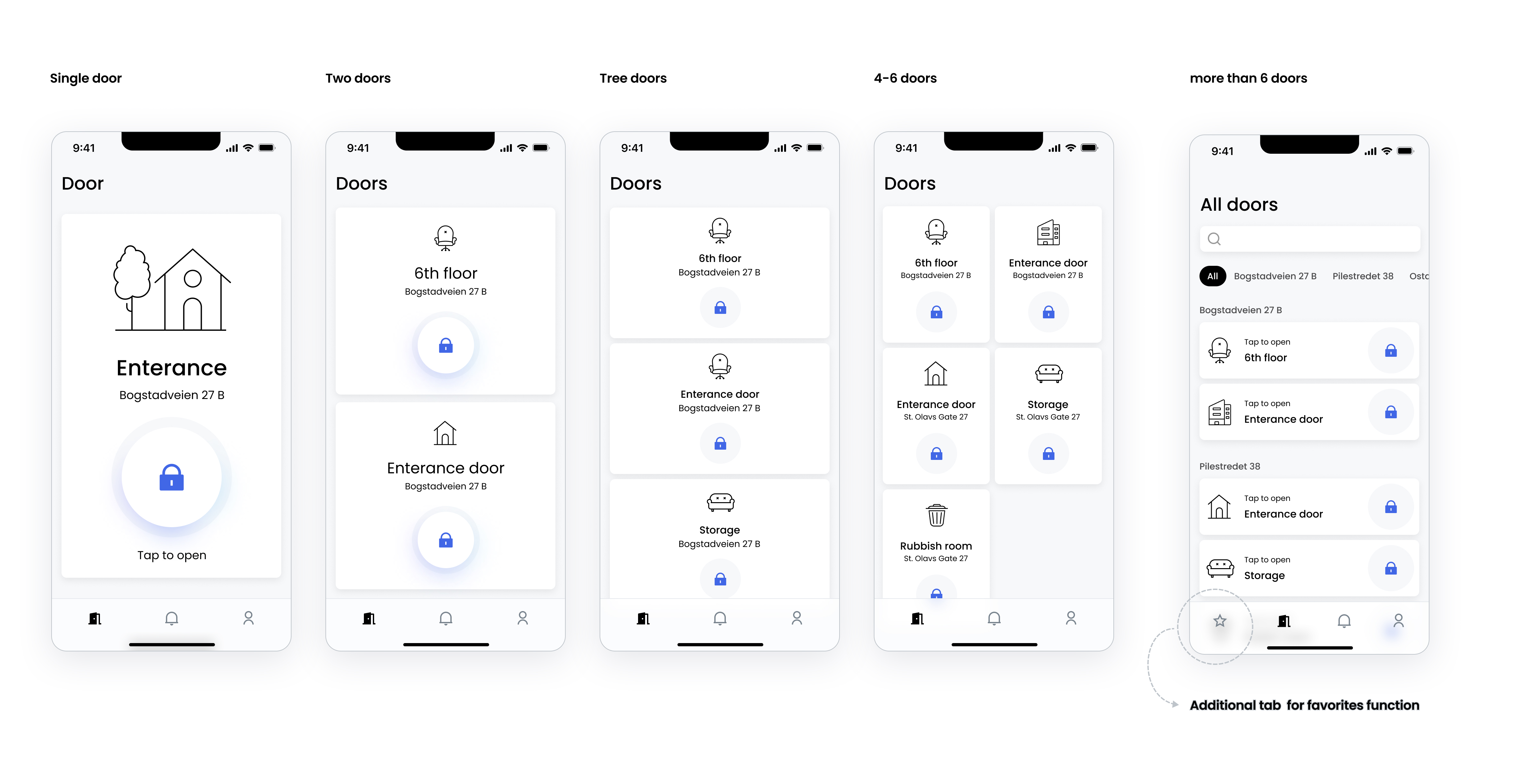
The CEO was enthusiastic about the concept of using pictures, and the team tacitly concurred. The idea was to help users identify the door quickly and understand from which door they have a call. However, I harbored reservations about its effectiveness... The clean, Scandinavian aesthetic and swift navigation seemed hardly achievable with door photos.
Given our inability to regulate picture quality, there was a risk of cluttering the app with subpar content—especially as our apps weren't designed for user-generated content...
"But this is what our users want."
This argument prompted me to spend the morning seeking a UI solution that could elegantly incorporate photos. I explored my neighborhood's doors to present a tangible vision to the stakeholders.
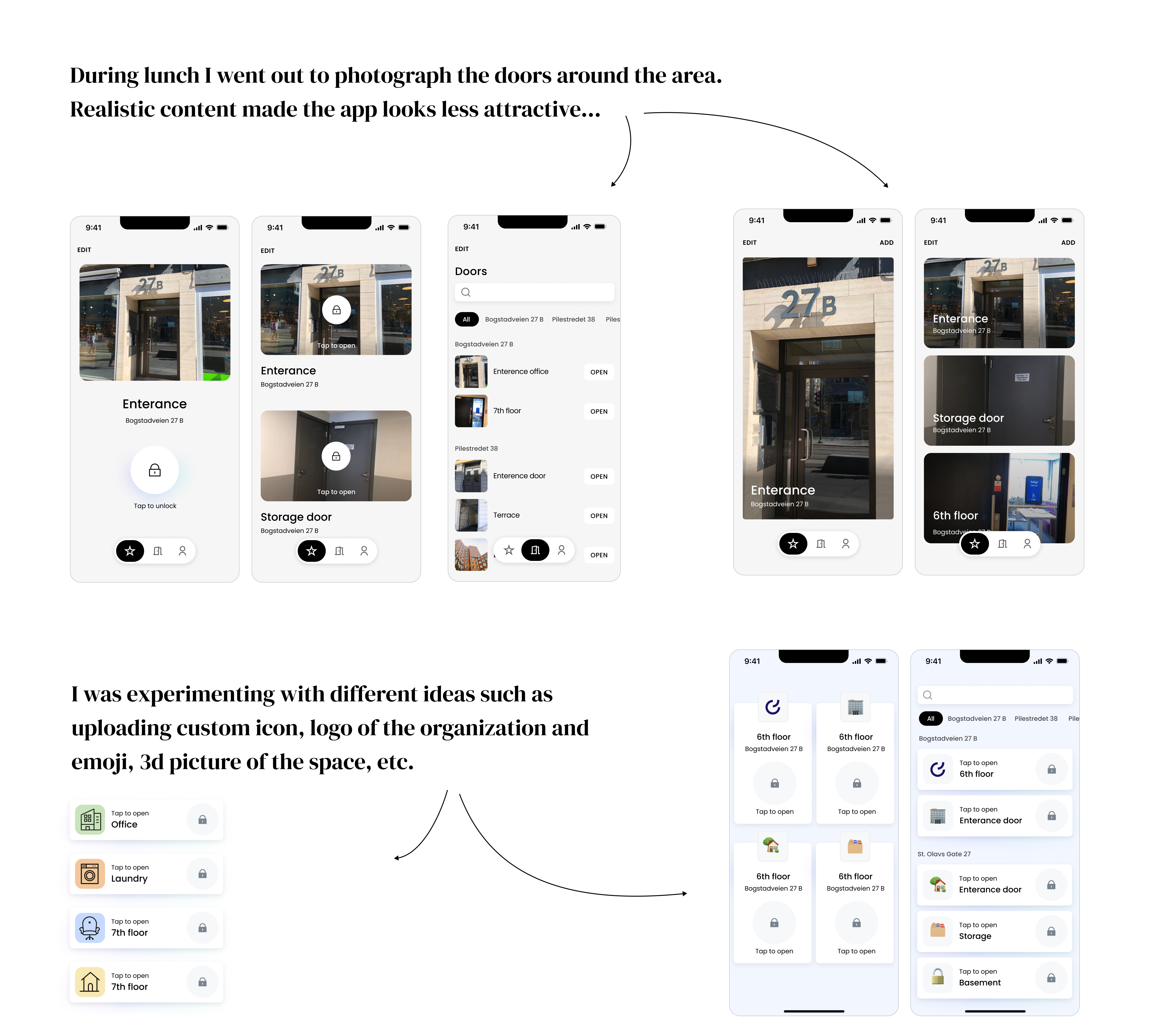
“No… it is definitely not about our brand”.
The real pictures of the doors, taken in corridors on iPhone looked similar sometimes and pretty messy. I suggested testing the idea of minimalistic icons that would correspond to the door type.
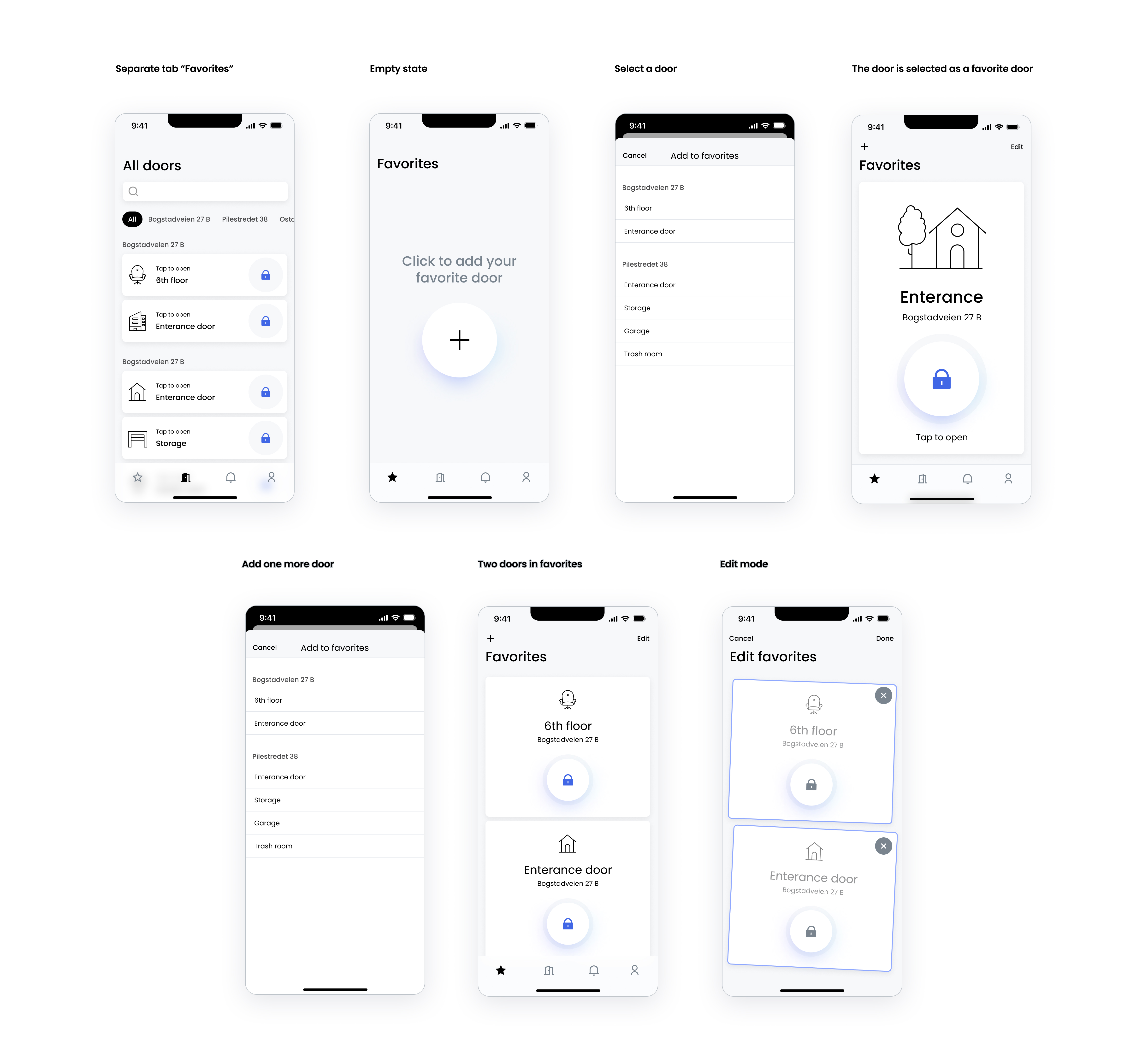
I created a prototype to see if people understand the new structure and the behavior of the favorites tab. I made a request to the support team to invite users to the office and show them a prototype. The result was measured with SUPR-Q quantitative analysis and the interview session was a way for qualitative insights. We’ve got approvment of our assumptions and moved forward with the concept.
VIEW THE RESEARCH PLAN
THE SURVEY USERS FILLED IN AFTER PARTICIPATING THE INTERVIEW
By mistake users changed the visibility of the door. There was no surprise for me, it was not a common feature but it was placed on the main screen as a small icon.
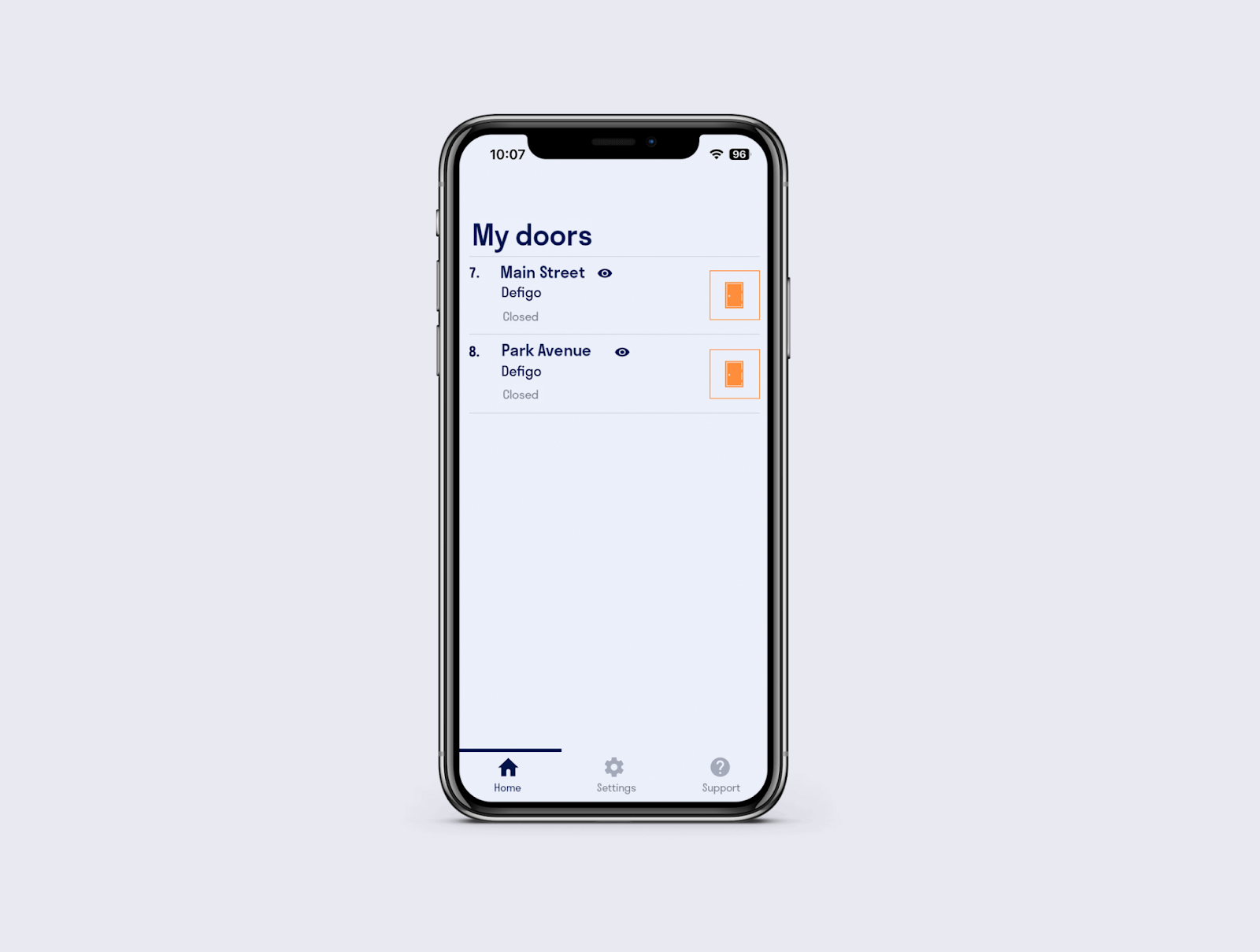
Moreover, users were struggling to comprehend how to adjust the extended visibility settings for their doors, often resorting to contacting support. They expressed difficulty in locating this particular feature.
To grasp the working of this concept better and ensure its alignment with users' mental models, I initiated a conversation with the support lead, Charlotte.
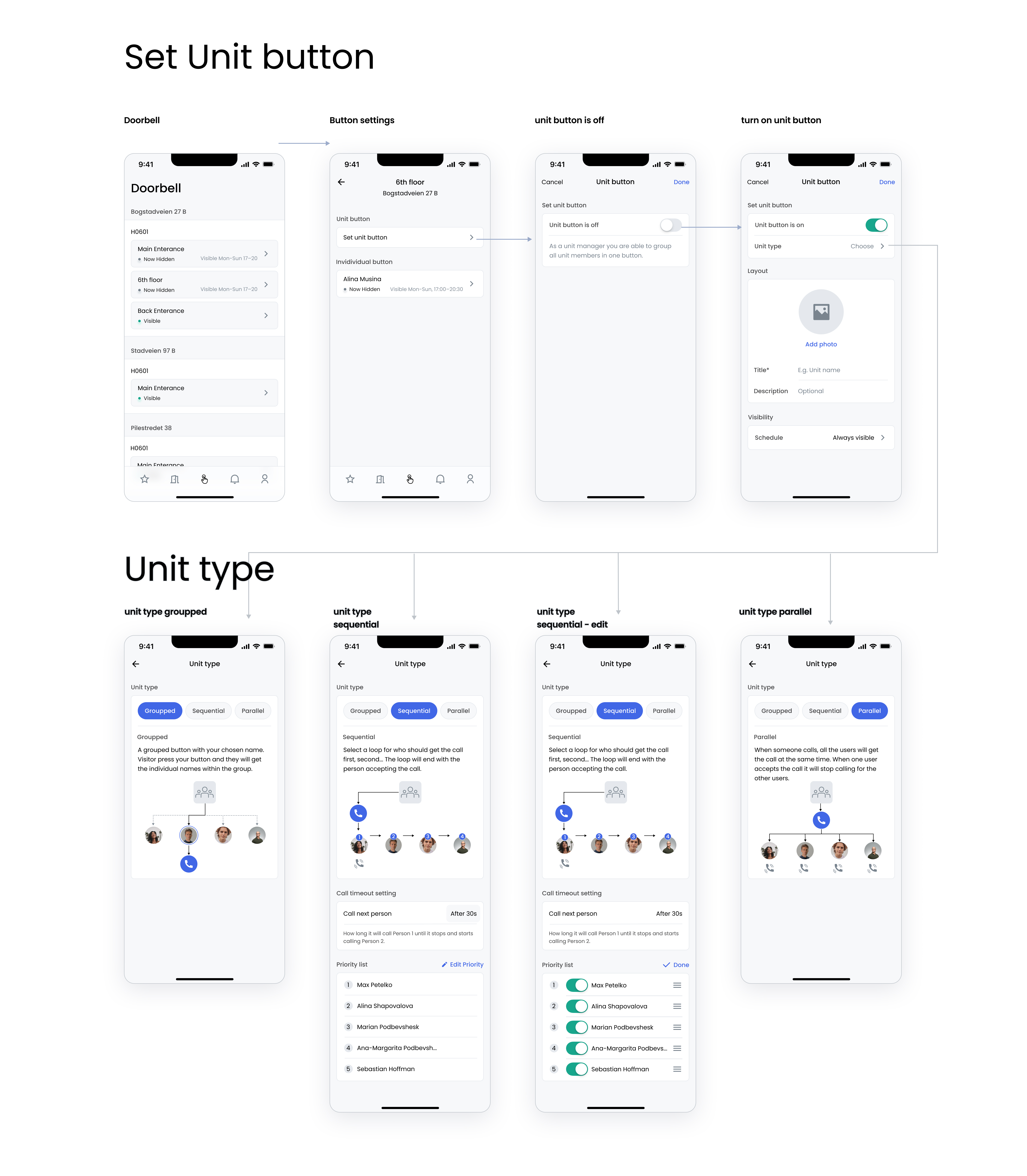
Before, visibility of the doorbell was controlled from the main screen, where people made a lot of mistakes, while extended visibility was controlled from settings. Thus, these two features I merged and presented on a separate screen that is only about the doorbell visibility settings.
The prototype was tested with user involvement. As a result, the separate tab doorbell was created to maintain the visibility of a door, schedule visibility and set the unit icon and how all members of the unit are displayed.
I also improved the screen with call settings in unit type. It was not obvious, thus, I decided to visualize the settings, to make it obvious how it will work.
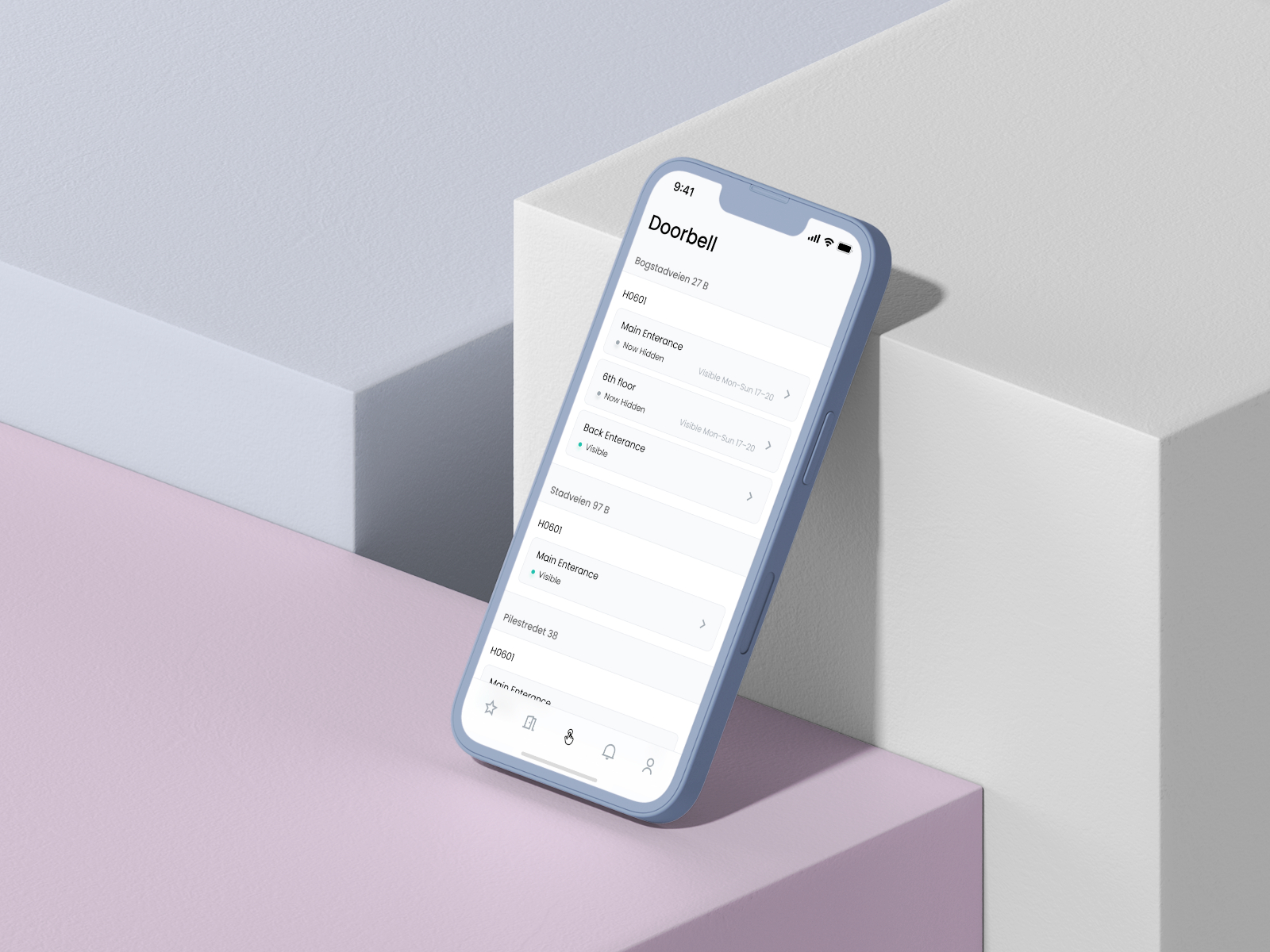
Given the app's usage in dimly lit settings, we introduced and tested a dark mode under similar conditions. To ensure that the screen light from the selected colors wasn't harsh or intrusive, we conducted these tests at night.
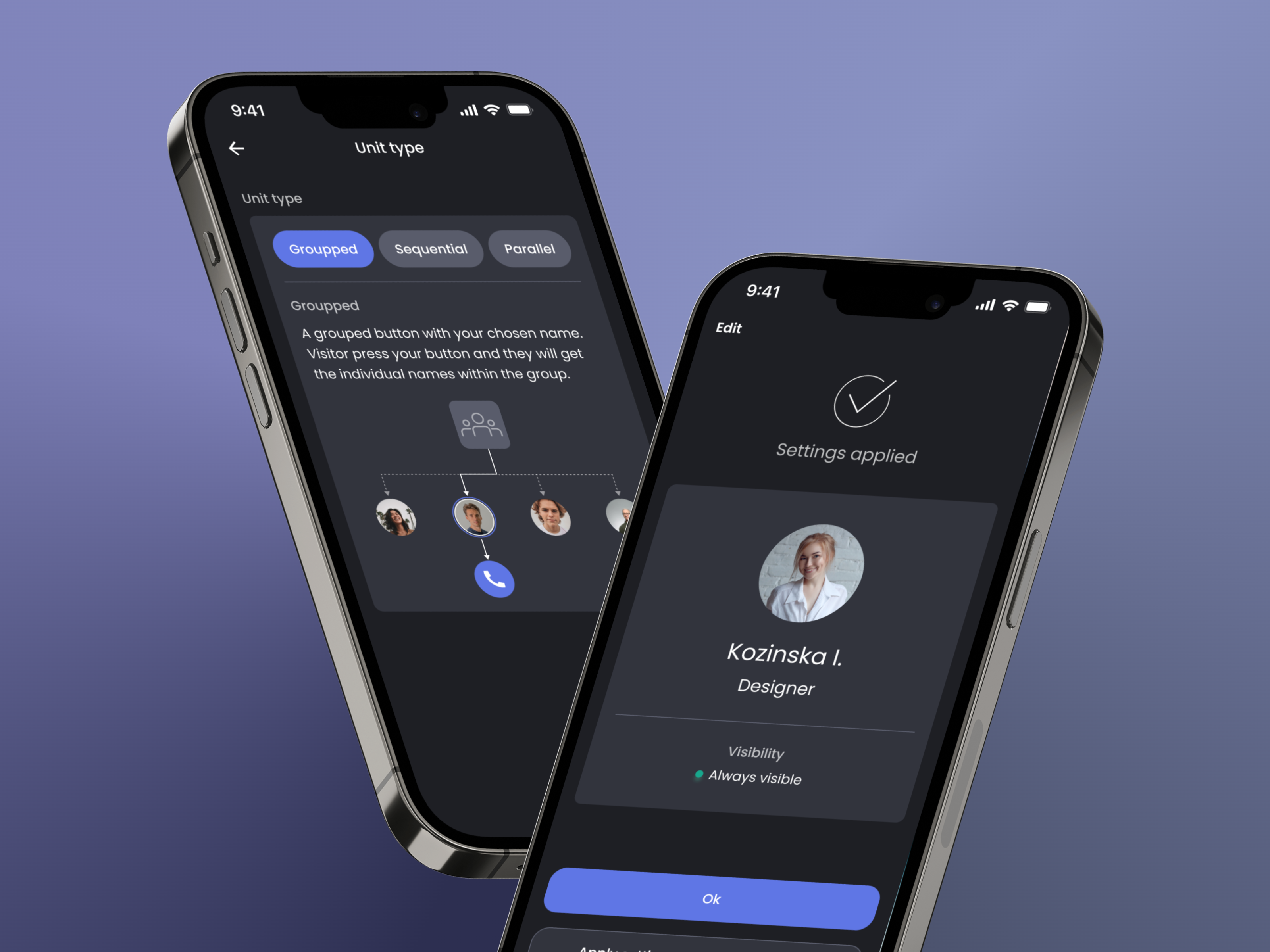
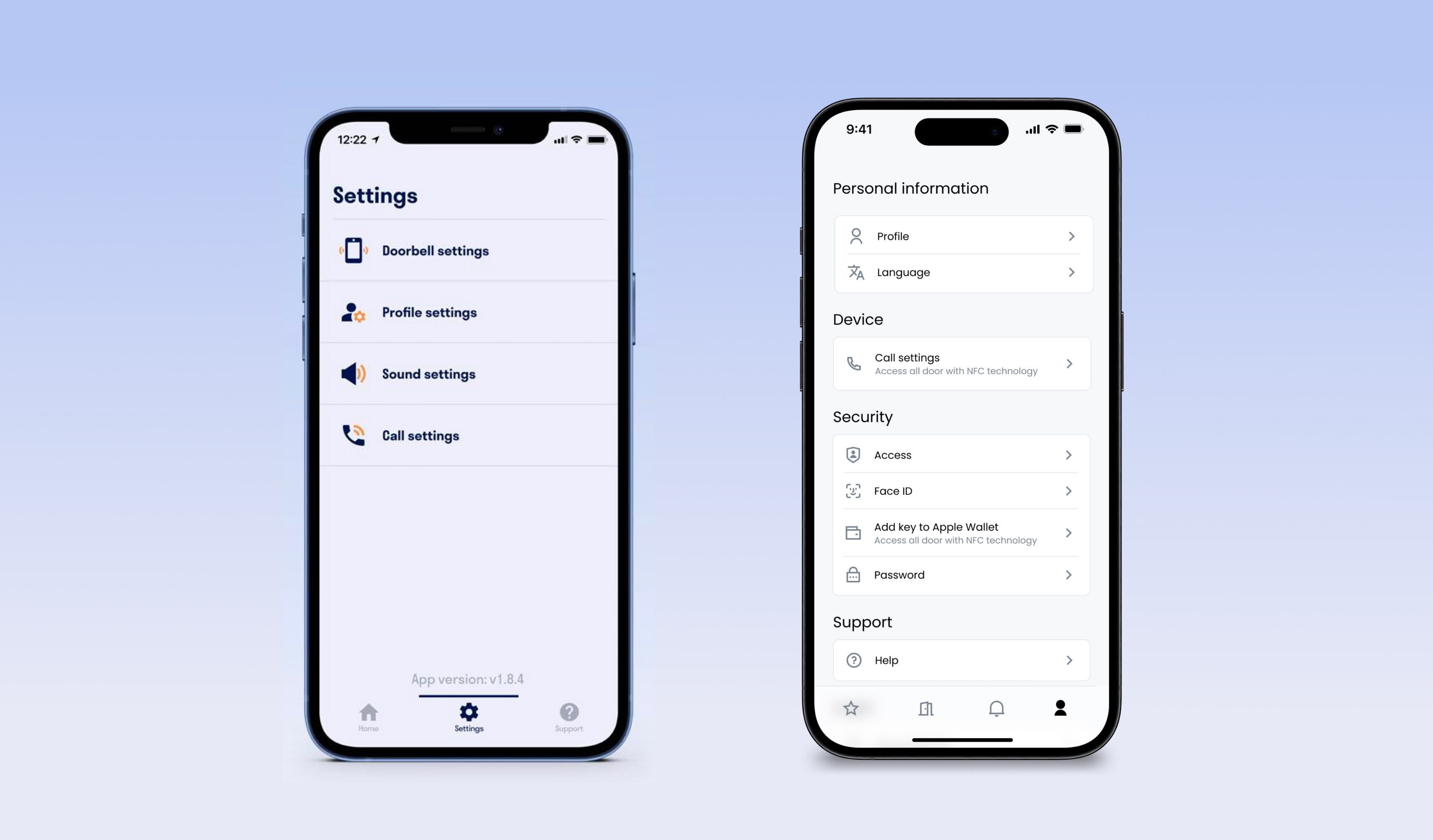
1. Knowing the context is crucial to deliver user experience. The knowledge about the situation and the role are helpful for design.
2. It is always good to talk to support and know about the requests people have.
3. One more time I saw the importance of explaining the coincidence of chosen solutions in the future before developing. Providing evidence of the horrible future look of the app can save stakeholders from the decision they may regret later.
4. By comprehending the budget and existing development capabilities, we can tailor the design solution to fit the current circumstances.
Separate project was dedicated to elderly group of users for nursing homes. My role was to create an interface that would be dedicated for a particular user group - elderly people.
In a collaborative initiative, Defigo teamed up with Oslo Municipality and OsloMet University to adapt their modern interface for an older user group with cognitive or physical impairments. The project involved interface testing in a Norwegian nursing home, adhering to all accessibility standards, and designing a simplified, cartoonish interface to suit the users' comprehension levels.
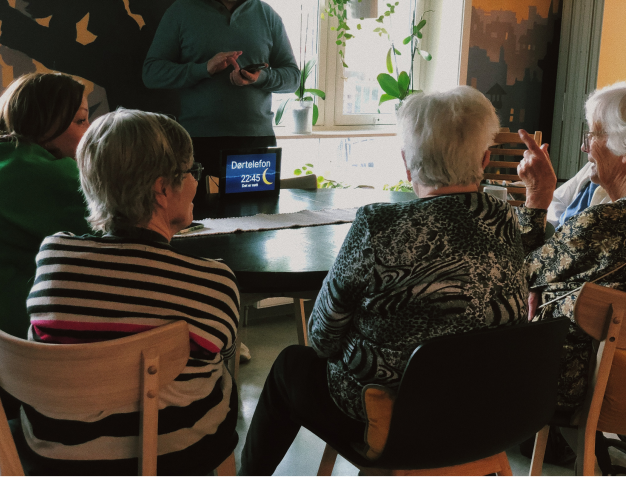
The prototype was tested with elderly people during the session, and feedback was gathered.
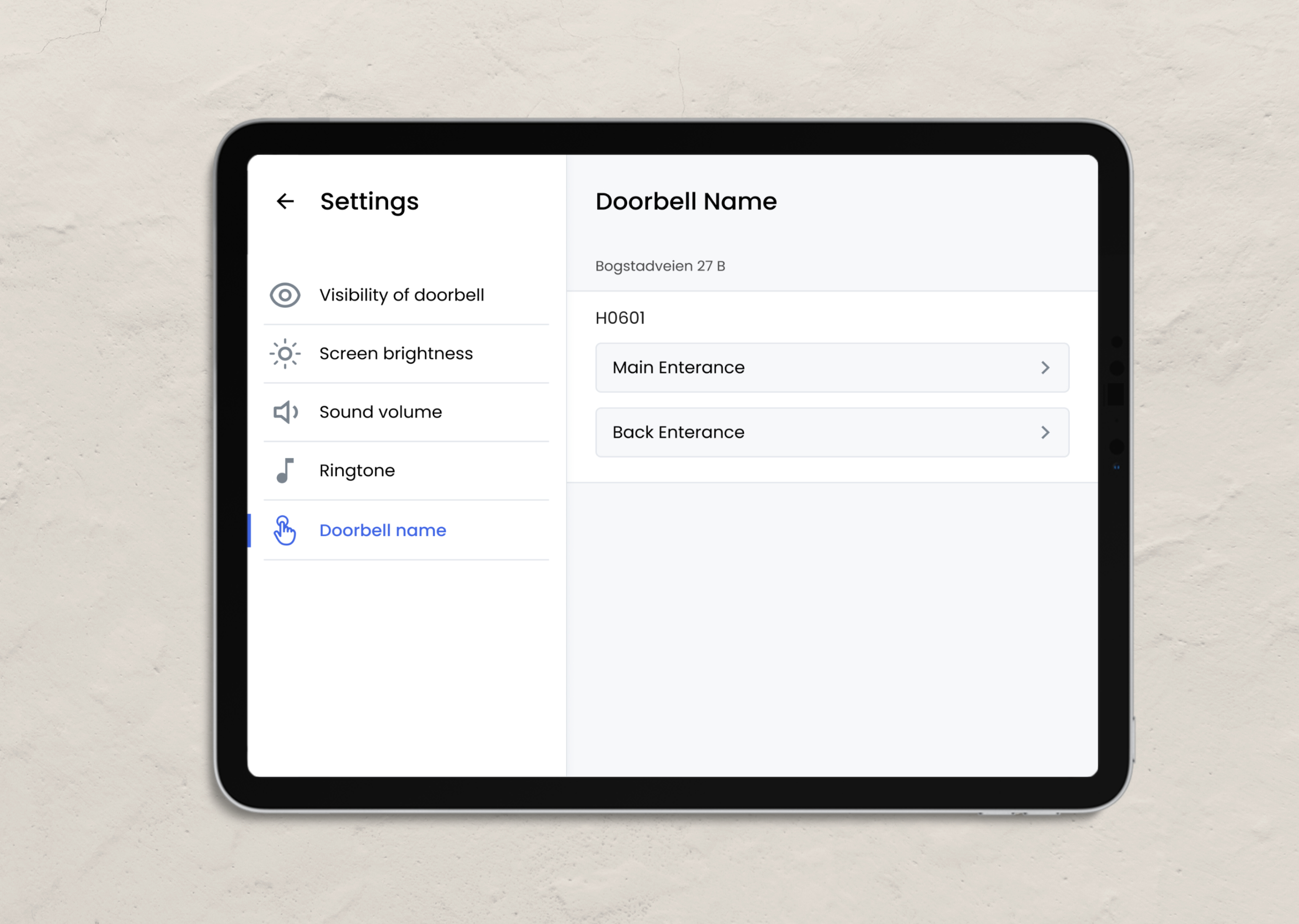
1. Limited features that are controlled by admit (in order not to overload people with impairments with complicated settings, since by mistake they can turn off the sound etc.)
2. The intercom (answering device) always displays a static screen with a simple illustration of daytime, date and time (except when a visitor is calling).
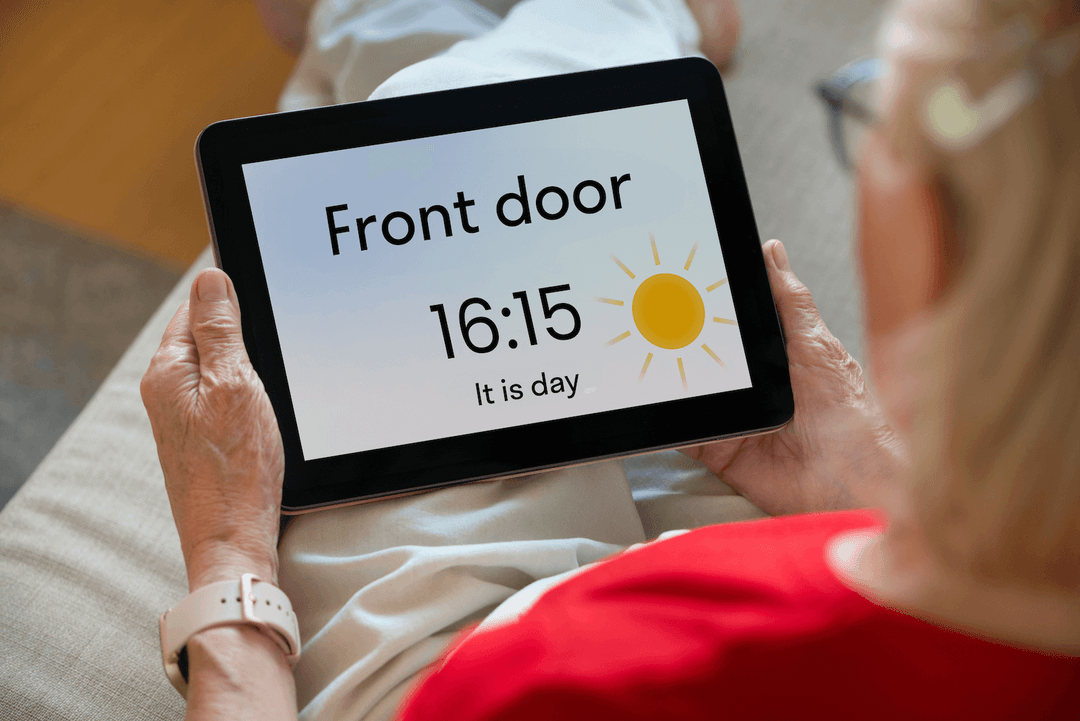
3. Large, easily visible buttons and straightforward instructions guide the resident on when they can converse with visitors and tap the button to unlock the door.
4. Explanatory icons
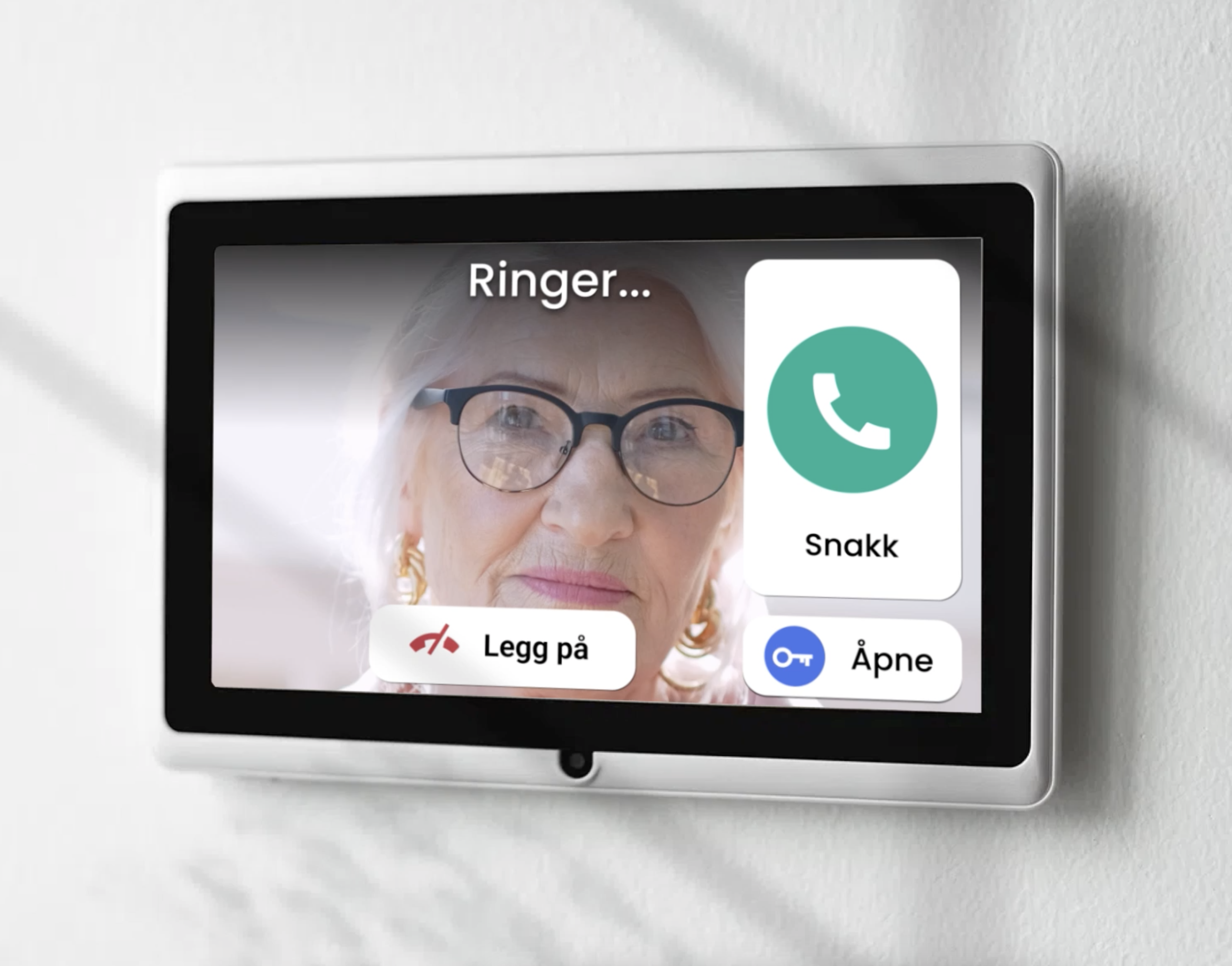
Designing interfaces for the elderly population is not just about adhering to rules and standards specific to this user group. It's equally crucial to understand the context in which these designs will be used. Through tests, prototypes, observations, and collaborations with scientists studying nursing homes, we've been able to design niche product tailored to meet specific demands.
Interestingly, I found that it sometimes takes more effort to develop simple interfaces than it does to create multi-platform products. This is because simplicity often requires a deep understanding of the user's needs and a careful elimination of unnecessary elements, which can be a complex process.

